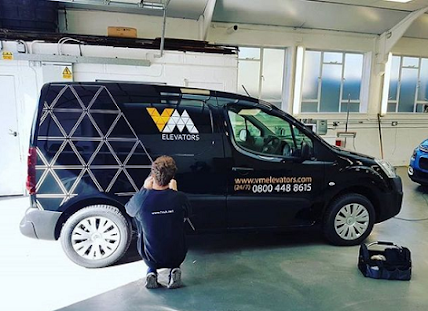4 Going Green: Eco-Friendly Lift Solutions
As the global consciousness shifts towards environmental sustainability, industries are actively seeking ways to reduce their carbon footprint. One area where innovation is making significant strides is in the development of eco-friendly Lift Solutions. Elevators, an indispensable part of modern urban infrastructure, have long been associated with high energy consumption and environmental impact. However, advancements in technology are now paving the way for greener alternatives that promise energy efficiency, reduced emissions, and a more sustainable future.
1. Energy-Efficient Elevators:
Traditional elevators are notorious for their energy
consumption, particularly during non-peak hours when they run idly.
Energy-efficient elevators address this issue by incorporating features such as
regenerative drives and LED lighting. Regenerative drives capture and reuse the
energy generated during the elevator's descent, significantly reducing overall
energy consumption. LED lighting not only consumes less energy but also has a
longer lifespan, reducing the need for frequent replacements and associated
environmental costs.
2. Smart Elevator Systems:
The advent of smart technology has ushered in a new era of
elevator efficiency. Smart elevator systems leverage artificial intelligence
and IoT (Internet of Things) to optimize elevator usage based on real-time
demand. These systems can predict traffic patterns, adjust elevator schedules,
and even facilitate predictive maintenance to prevent breakdowns. By
streamlining operations, smart elevators contribute to energy savings and a more
sustainable building ecosystem.
3. Green Materials and Design:
Beyond operational efficiency, the materials used in elevator
construction also play a crucial role in determining their environmental
impact. Manufacturers are increasingly turning to sustainable and recyclable
materials, such as bamboo and recycled steel, to build elevator components.
Additionally, eco-friendly designs prioritize energy-efficient layouts, making
use of natural light and ventilation to reduce the need for artificial lighting
and air conditioning within the elevator shafts.
4. Solar-Powered Elevators:
Harnessing the power of the sun, solar-powered elevators are
gaining traction as a clean energy alternative. These elevators are equipped
with solar panels that convert sunlight into electricity, supplementing the
power supply and reducing dependency on traditional energy sources. Especially
in regions with ample sunlight, solar-powered elevators offer a viable solution
to lower energy consumption and decrease the overall environmental impact.
5. Destination Control Systems:
Destination control systems (DCS) represent another innovative
approach to enhance elevator efficiency. Unlike conventional systems that
operate on a first-come-first-served basis, DCS uses predictive algorithms to
assign elevators based on passenger destinations. By optimizing travel routes
and minimizing unnecessary stops, these systems not only reduce energy
consumption but also enhance the overall elevator experience for users.
As the world races towards a sustainable future, the need for
eco-friendly solutions in every aspect of our lives becomes more evident.
Elevators, often overlooked as mere functional elements of a building, are now
undergoing a green revolution. From energy-efficient technologies and smart
systems to sustainable materials and solar power integration, the elevator
industry is actively contributing to the global effort to reduce carbon
emissions.
Embracing these eco-friendly Lift
Solutions is not just a matter of corporate responsibility; it is an investment
in a greener, more sustainable future. With the ongoing commitment to
innovation and the adoption of environmentally conscious practices, the
elevator industry is set to elevate us to new heights – quite literally – while
treading lightly on the planet.




Comments
Post a Comment